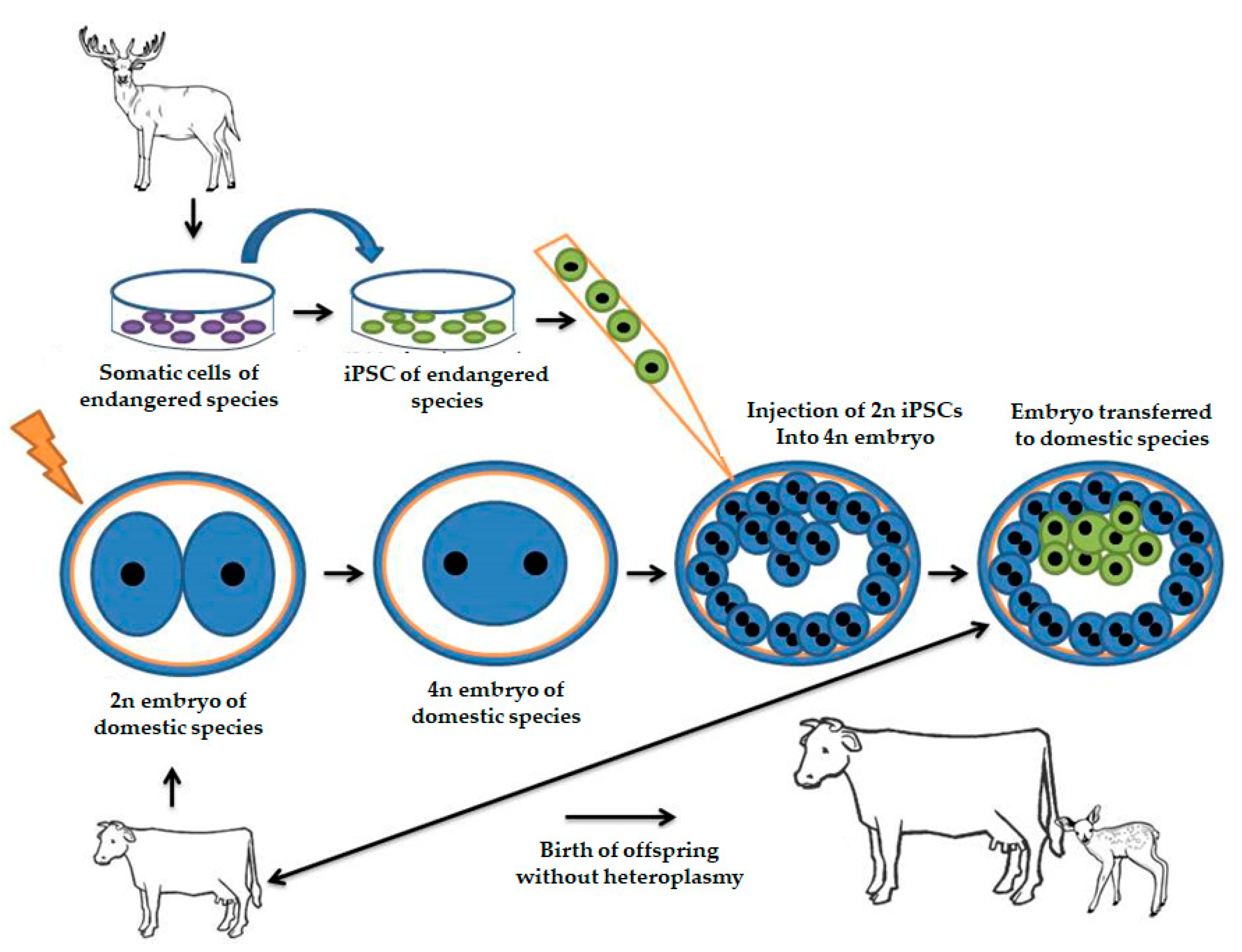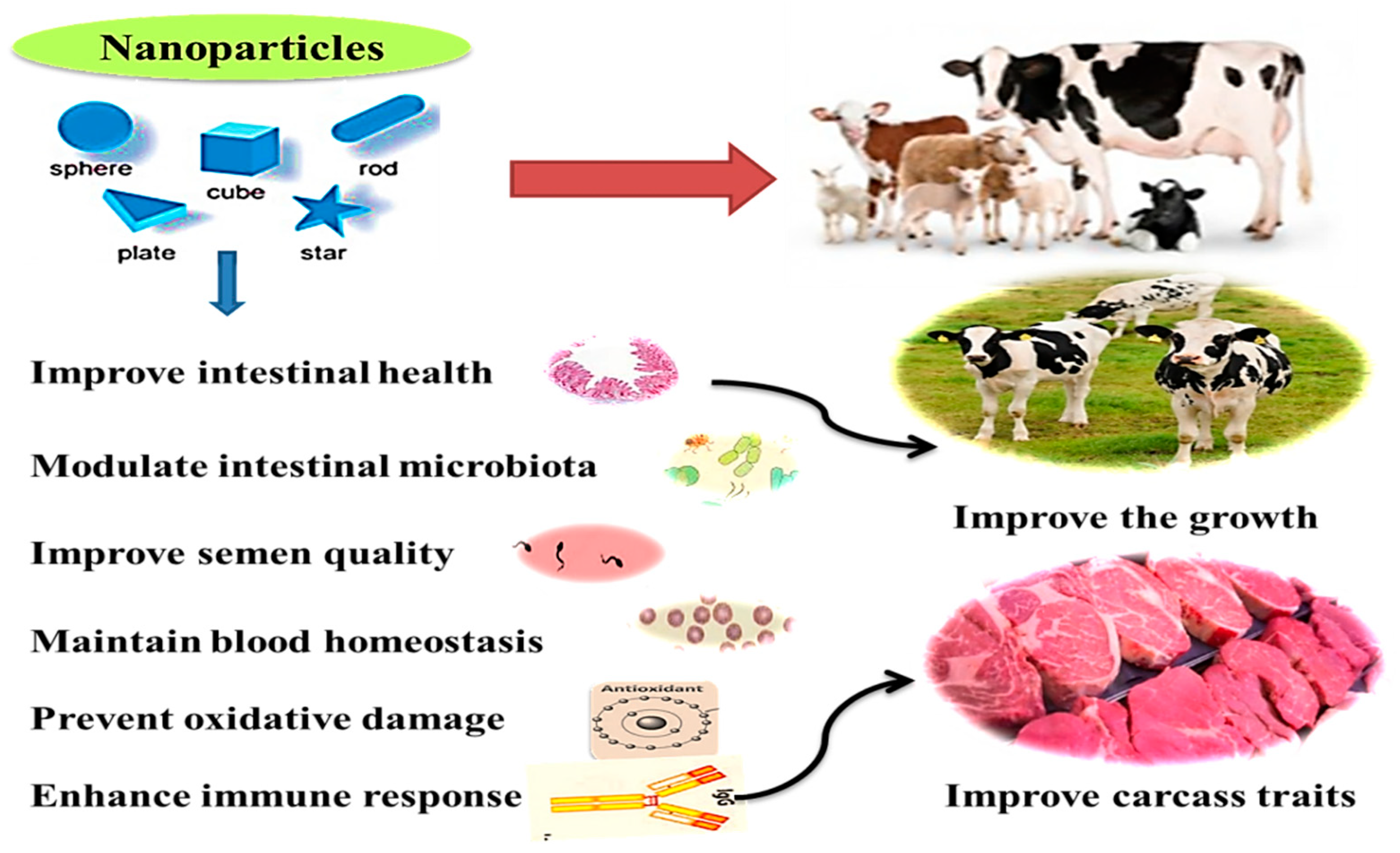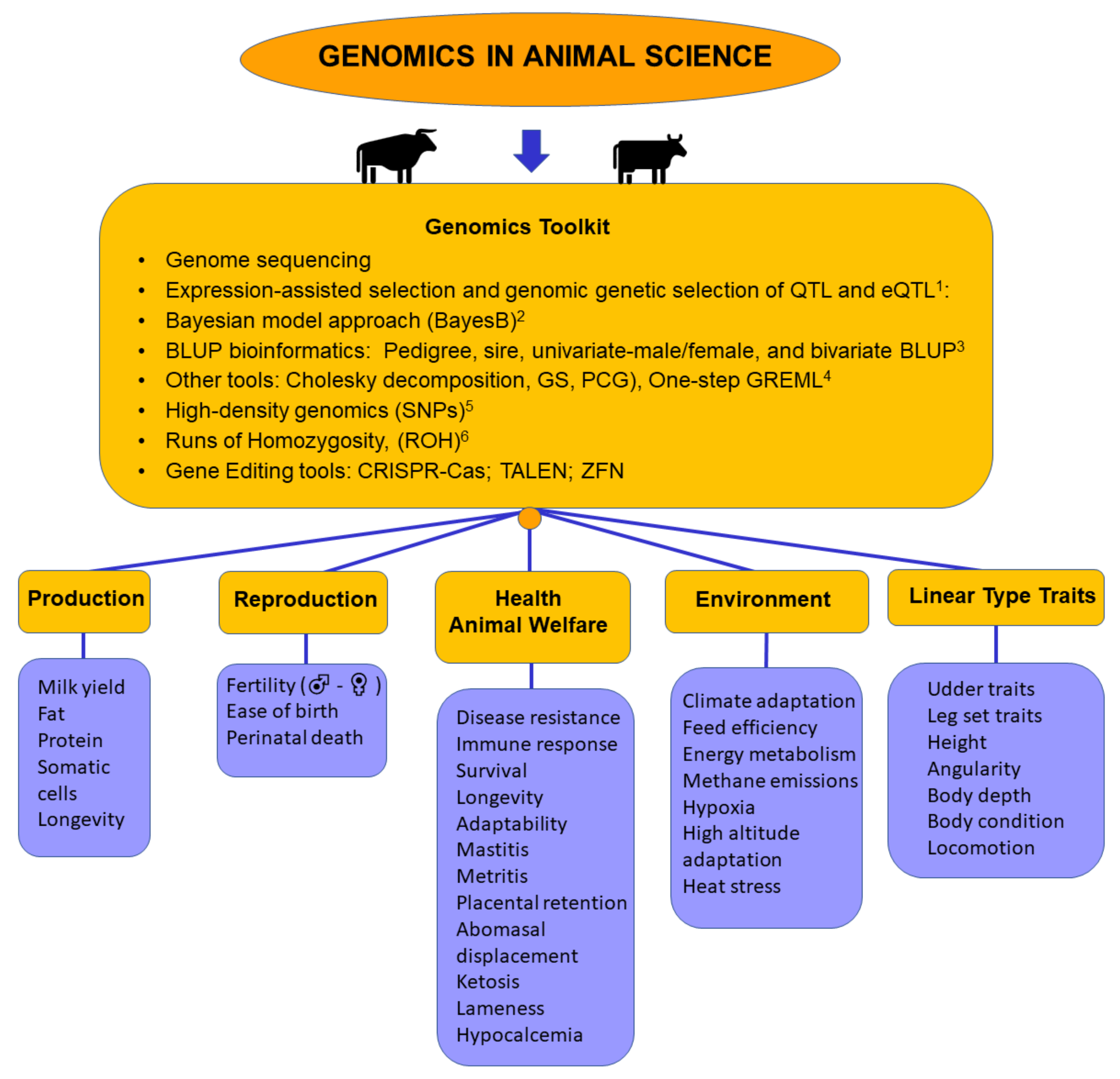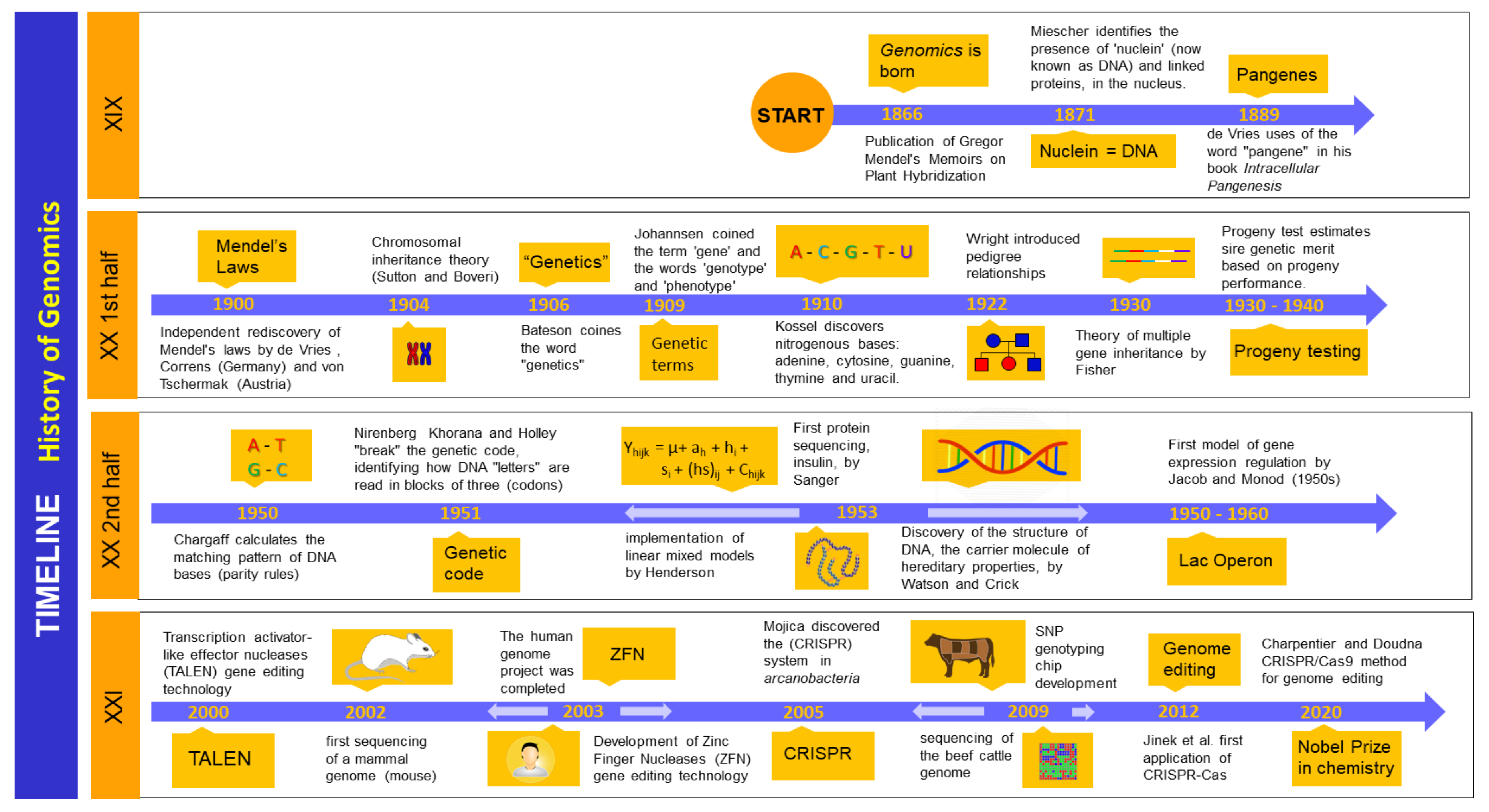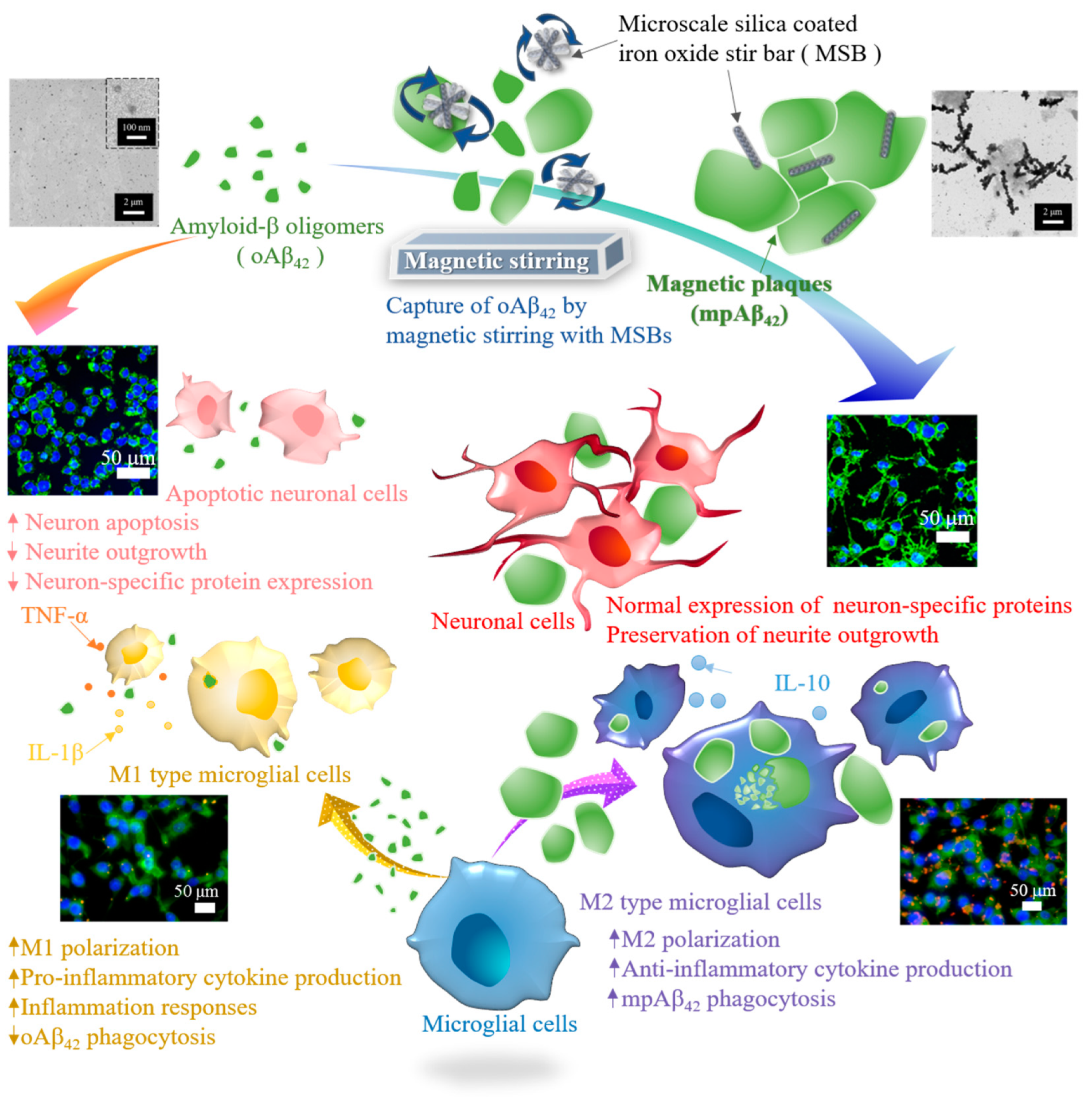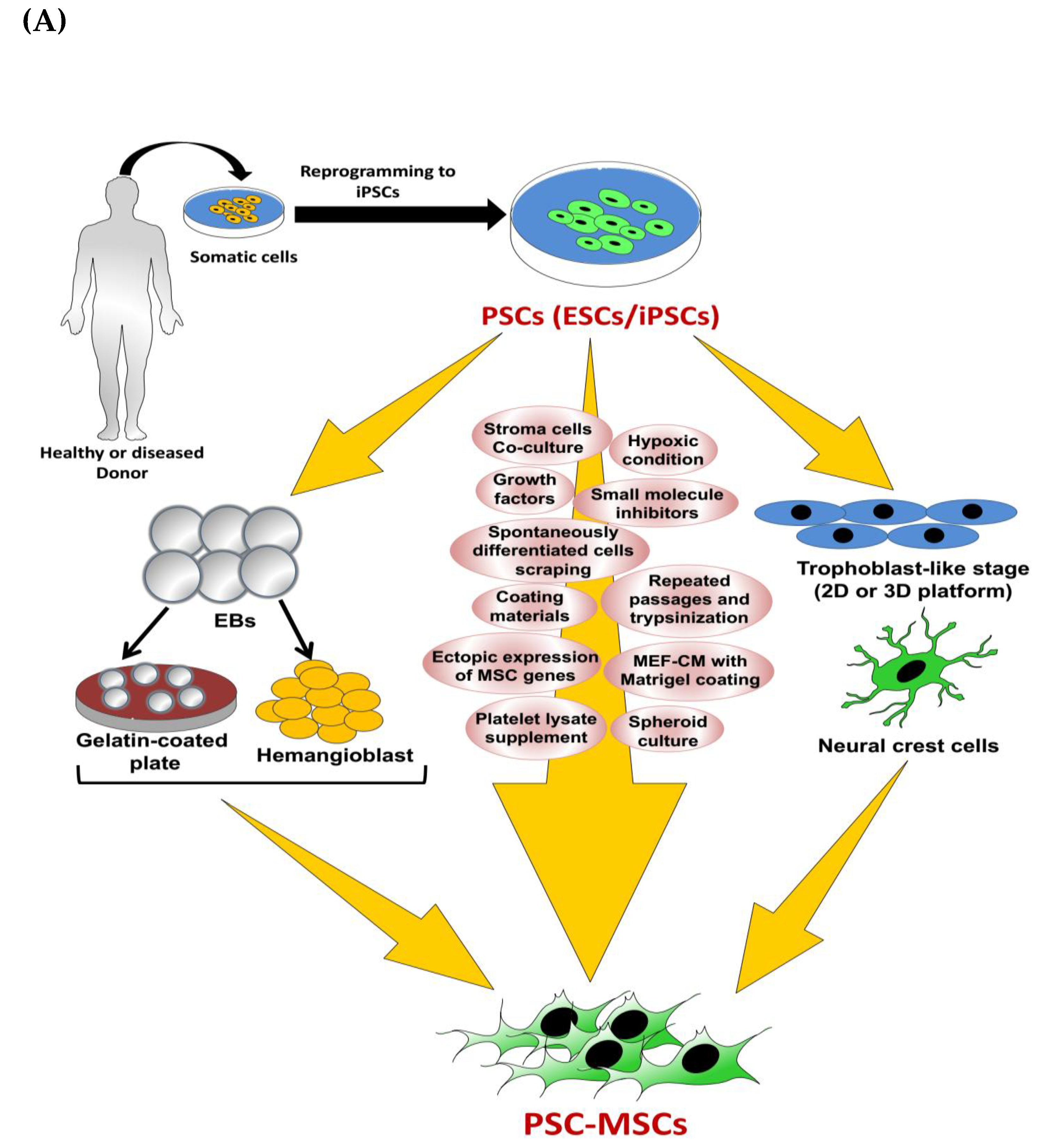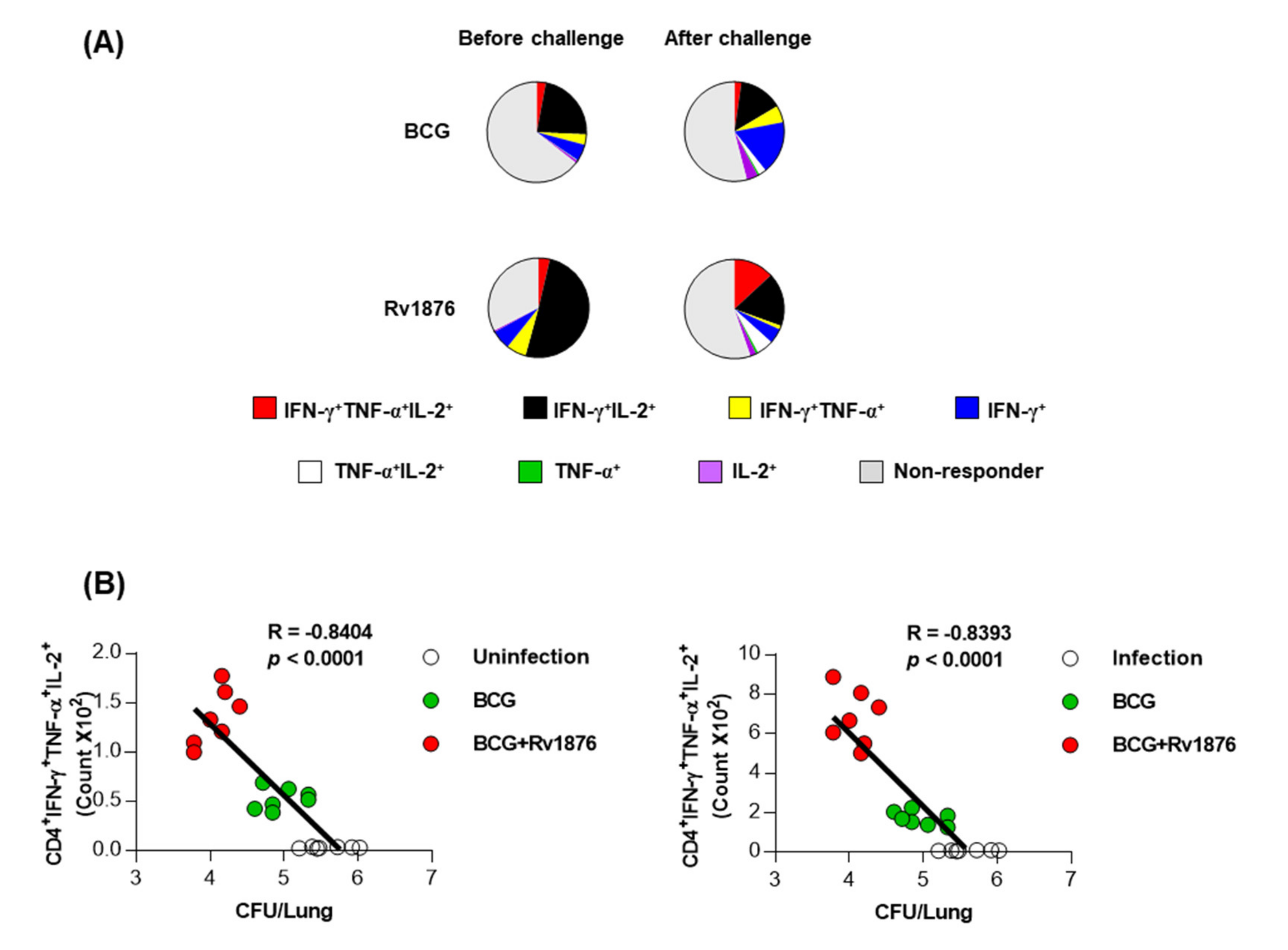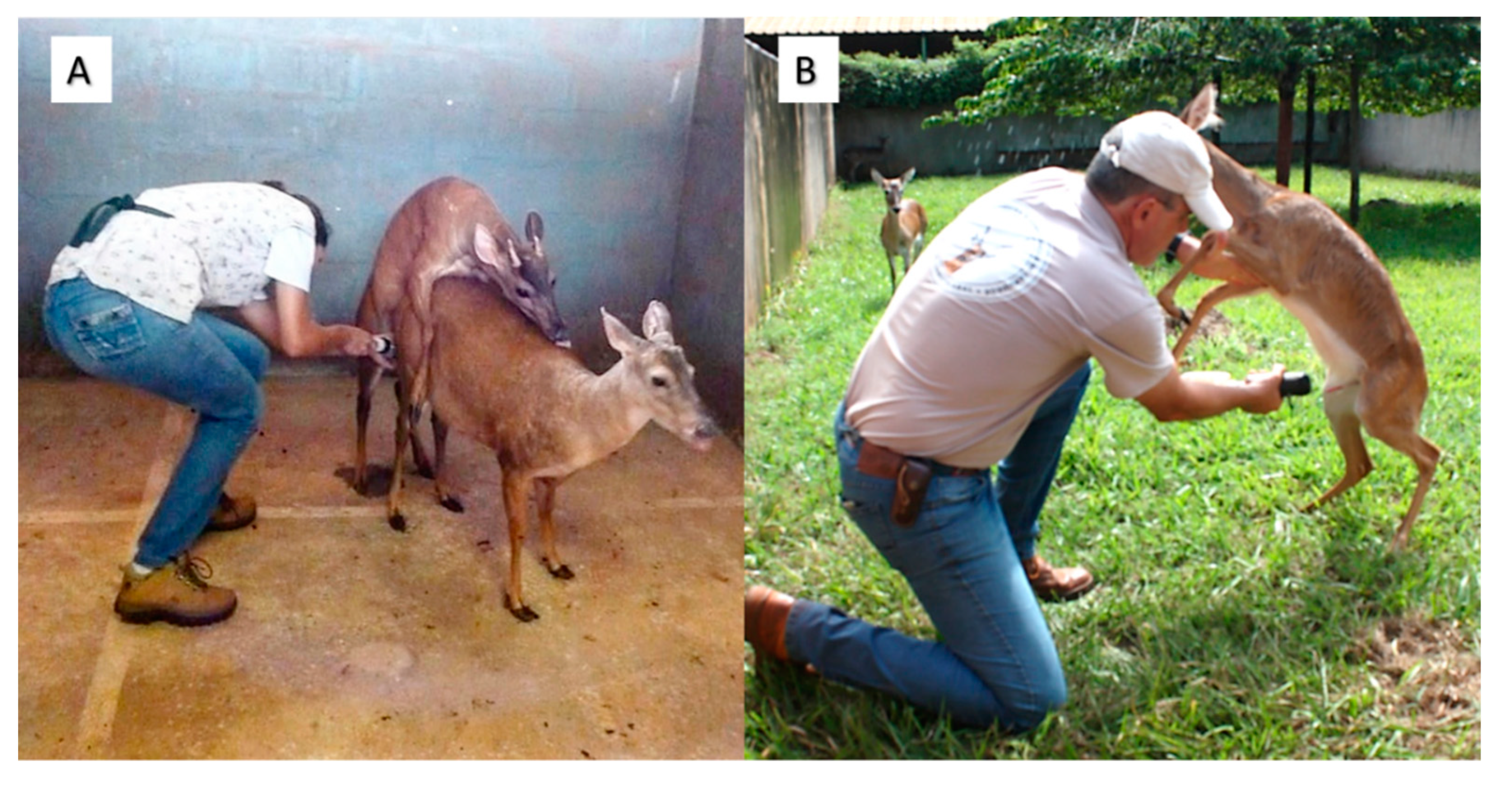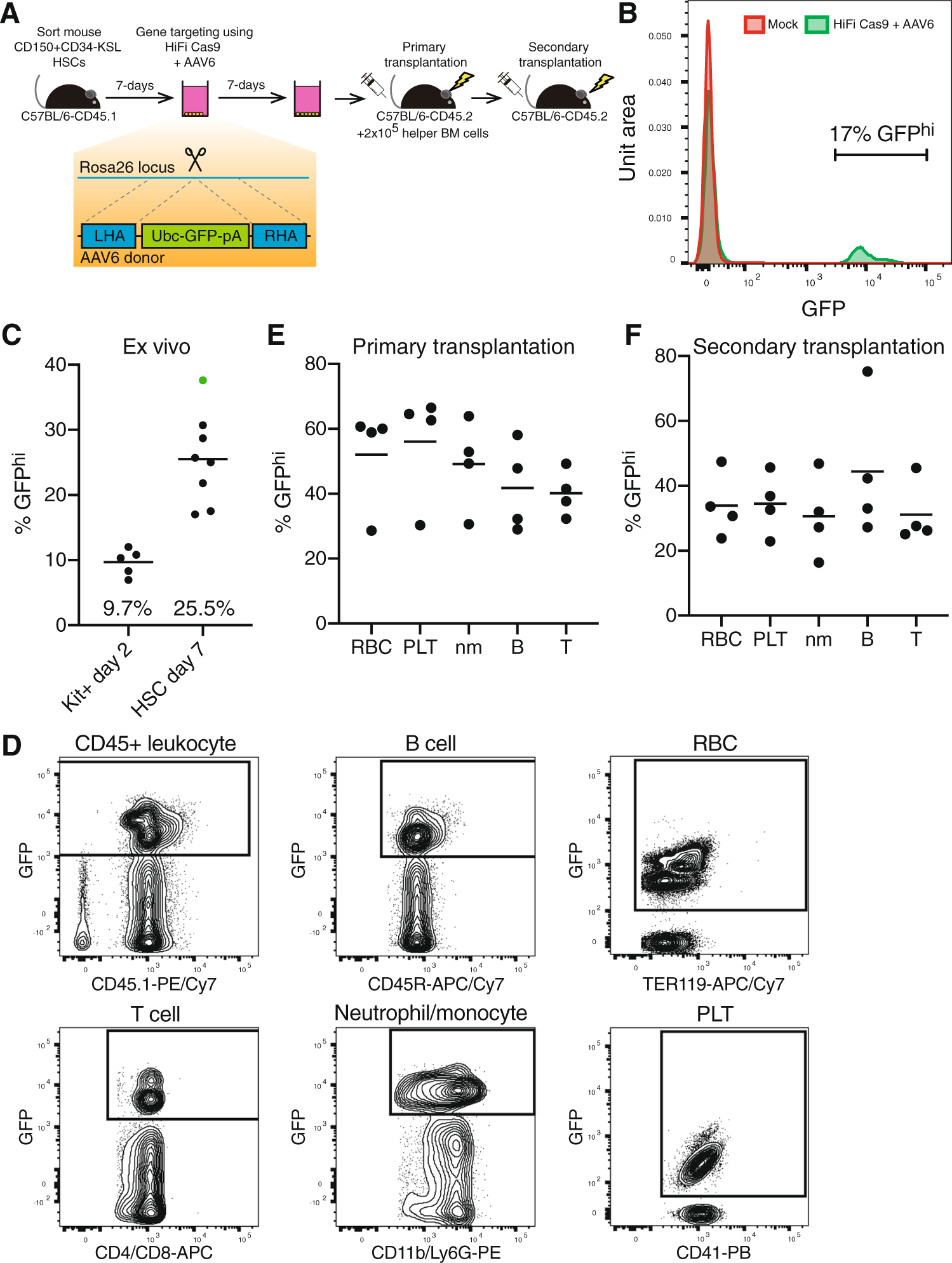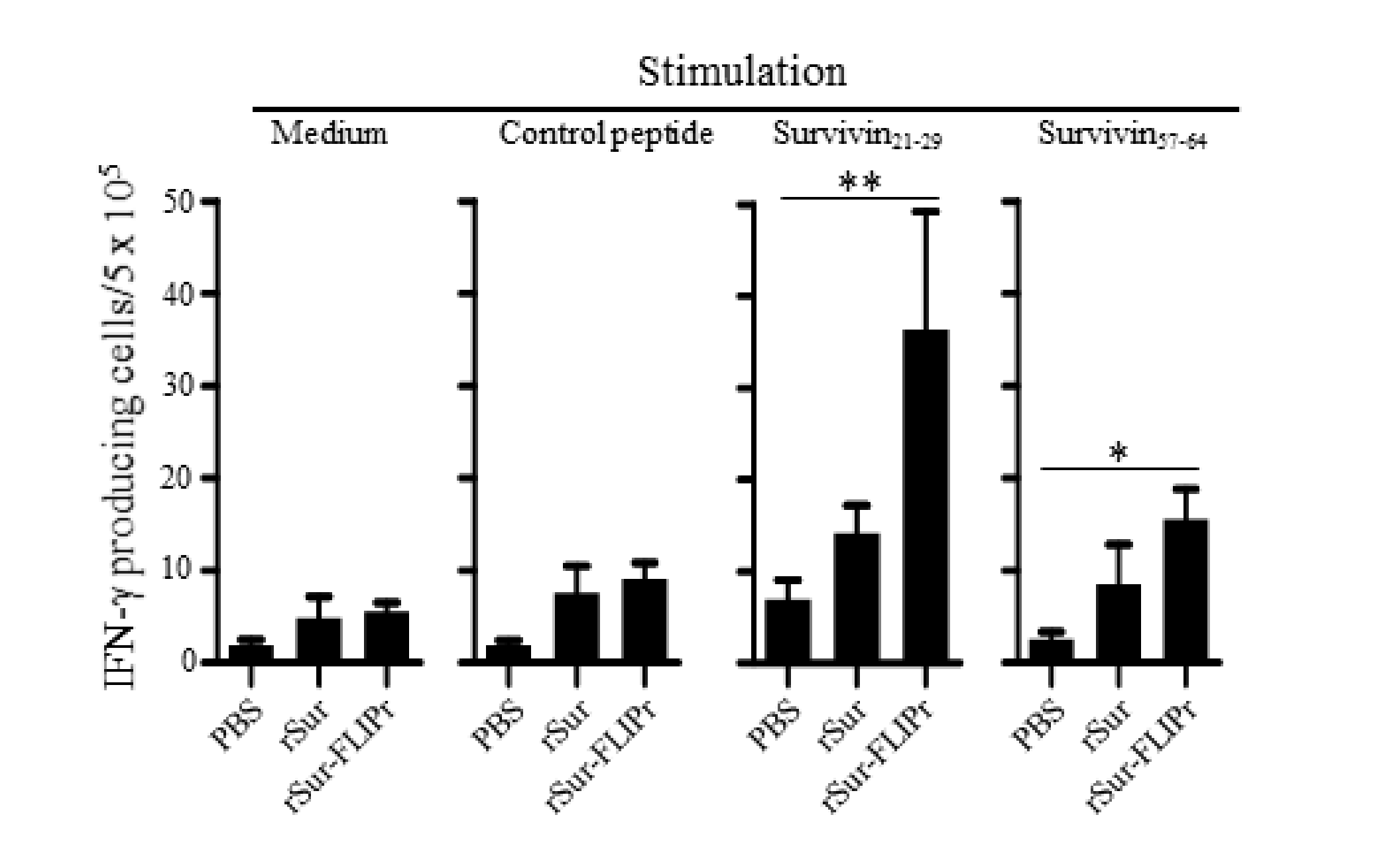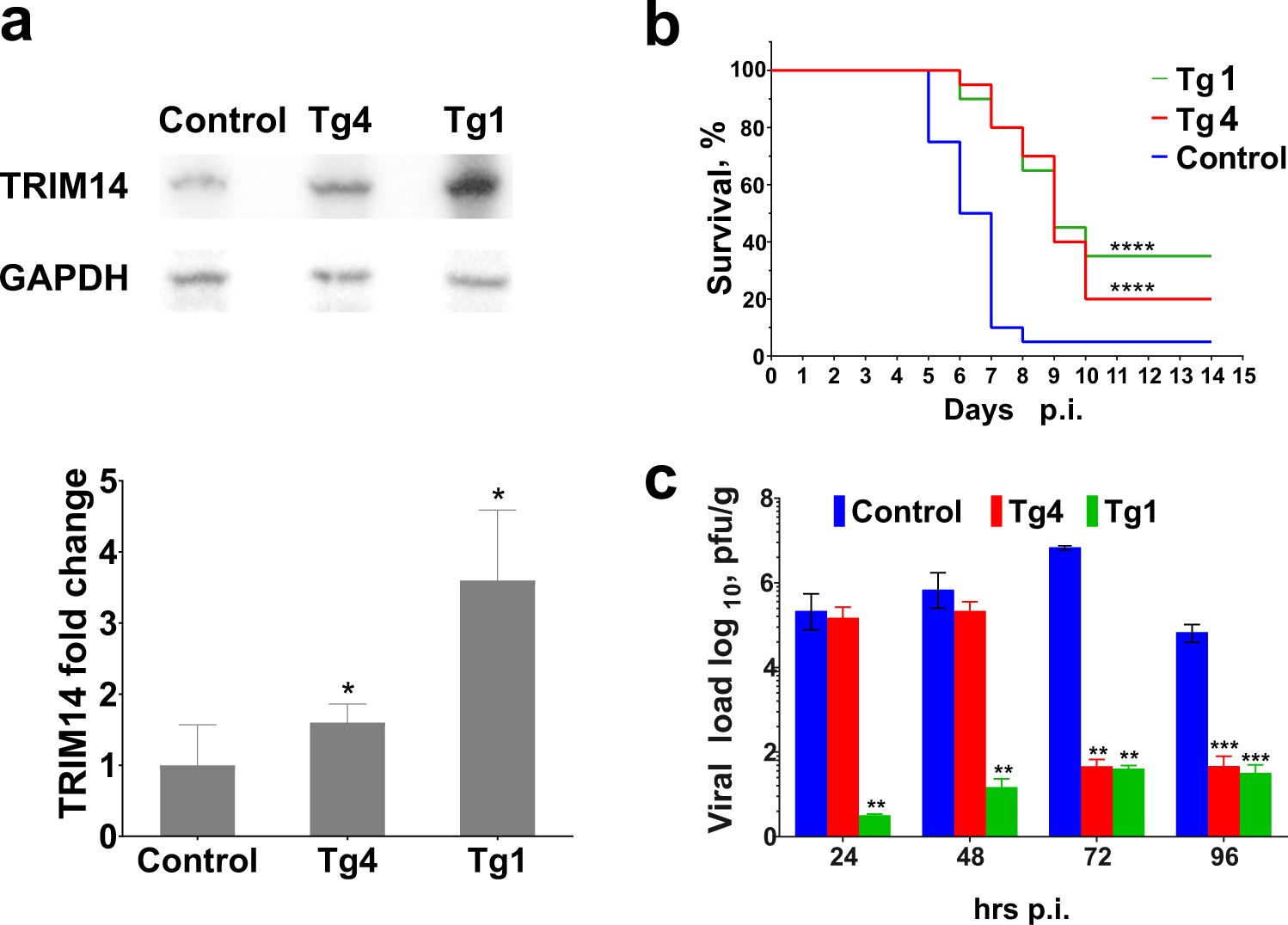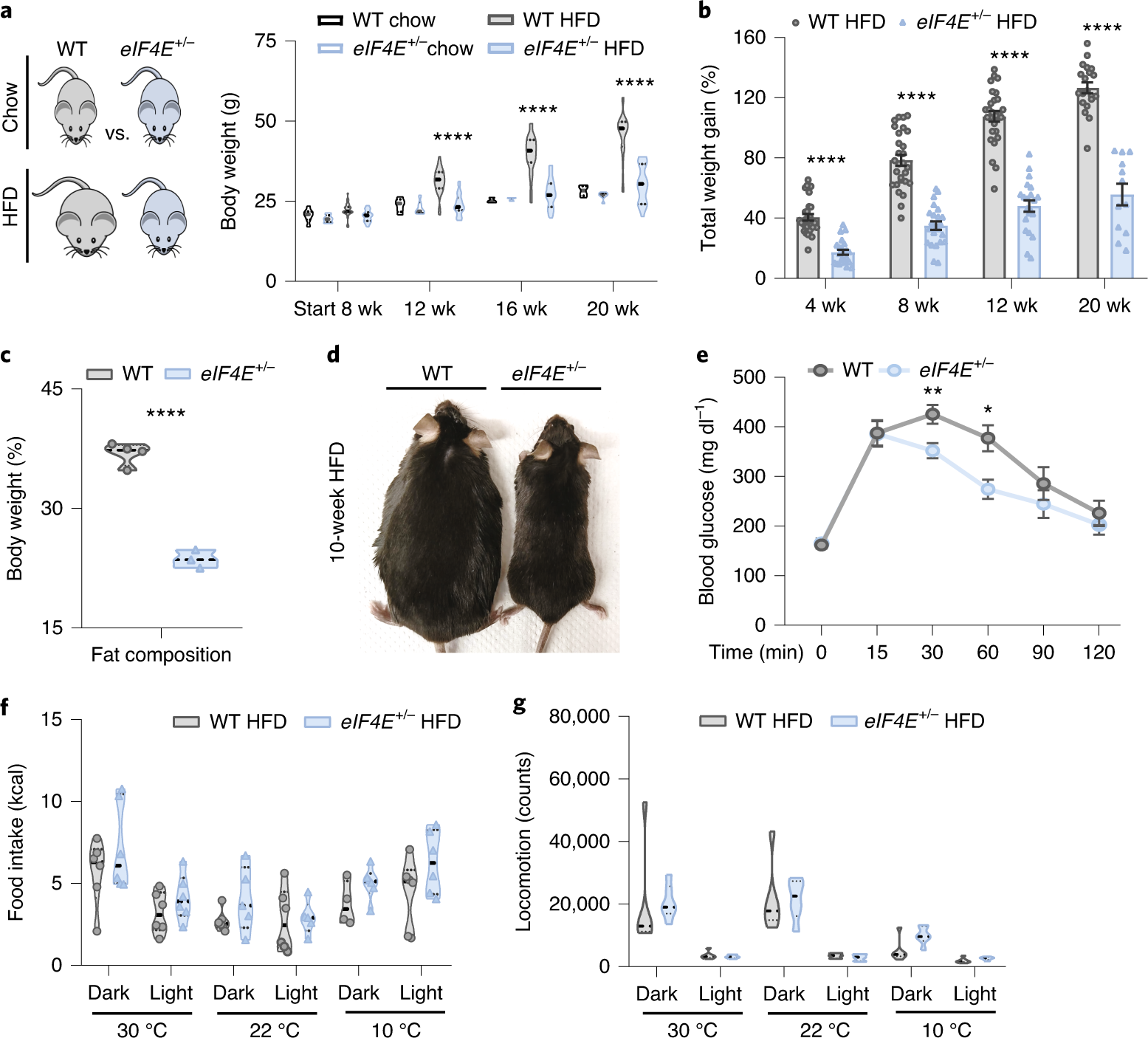Production Of Transgenic Animals Notes

The first transgenic animal was produced in 1983 when genes for human growth hormone were introduced into mice.
Production of transgenic animals notes. Many procedures have been developed to increase the efficiency of this generally inefficient process. The cells are then incorporated into an embryo at the blastocyst stage of development. Transgenic animals produced with the purpose of producing better and good quality breed increased in milk yield as well as to produce organs to meet the demand for organ transplantation.
Due to the controversial concept of cloning and scientific testing on animals there are many questions that revolve around this topic. In addition to the gene itself the DNA usually includes other sequences to enable it to be incorporated into the DNA of the host and to be expressed correctly by the cells of the host. Transgenic animals have the potential of agricultural applications like improved growth rate and carcass composition improved resistance to disease increased milk.
Milk is the secretion of mammary glands that can be collected frequently without causing any harm to the animal. The development of transgenic animals has been part of biotechnology research which has been expanding rapidly. The three main ways of producing transgenic animals are pronuclear manipulation embryonic stem ES cell manipulation and.
43 Creation of the transgenic animal A number of methods are currently in use for the creation of transgenic animals. Let us discuss a few of them here. The foreign genes must be transmitted through the germ line so that every cell including germ cells of the animal contains the same modified genetic material.
The main principle in the production of transgenic animals is the introduction of a foreign gene or genes into an animal the inserted genes are called transgenes. Biotechnology for Sustainable Agriculture 2018. A transgenic animal is one that carries a foreign gene that has been deliberately inserted into its genome.
Theses mechanism is absent in cell culture. Transgenic animals can be created by manipulating embryonic stem cells. Applications of Genetically modified animals.
